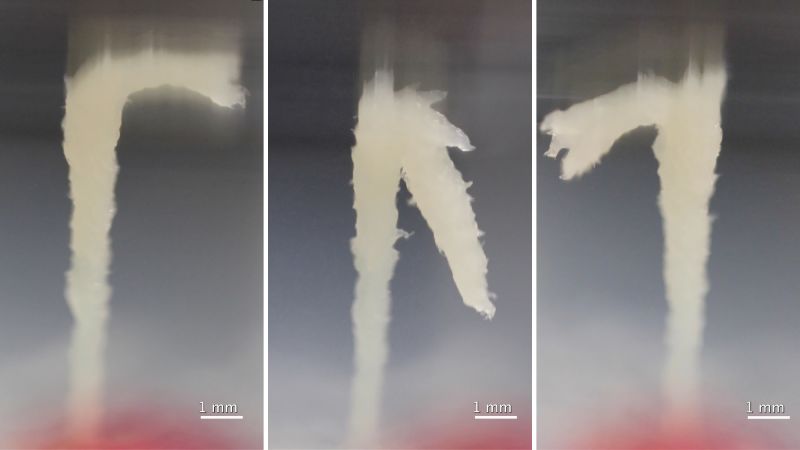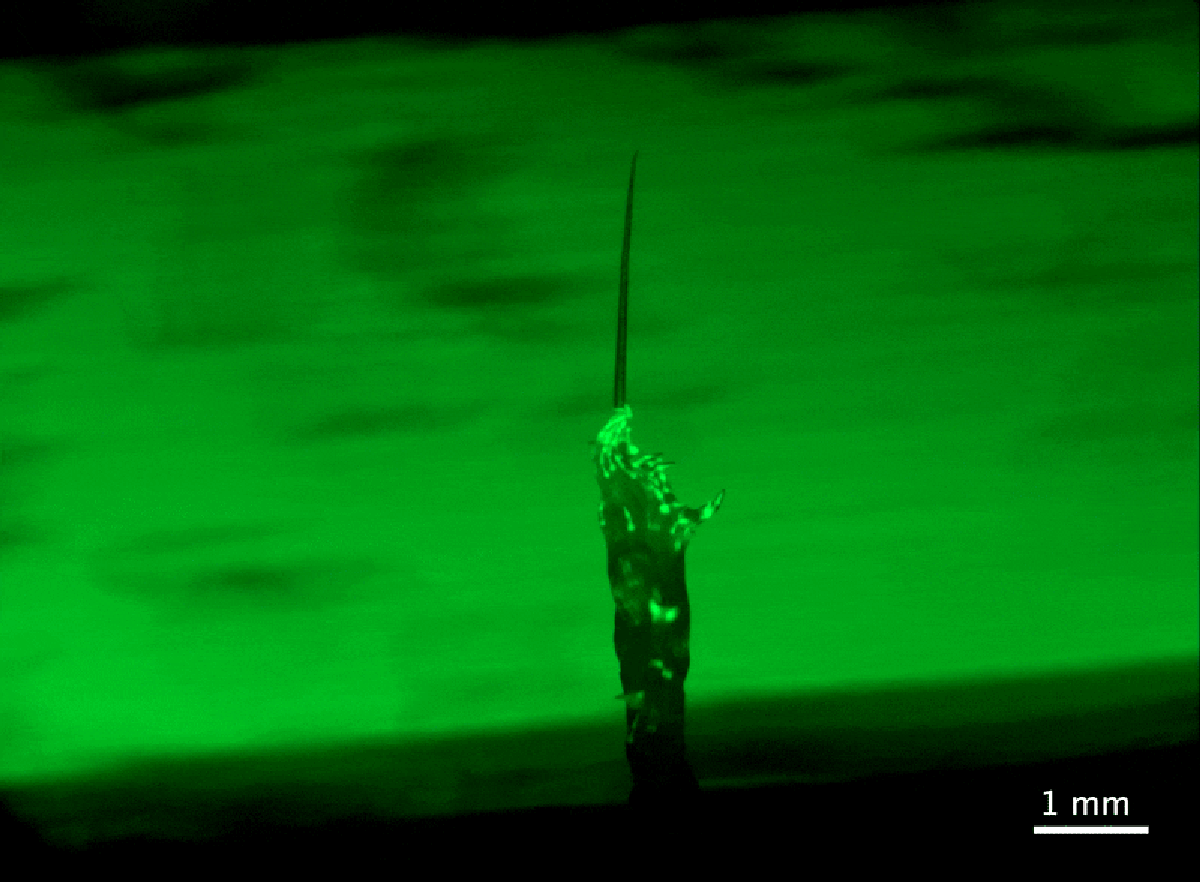Scientists Discover Nematode Worms Forming Living Towers in Nature
Researchers capture the first-ever video of nematodes building coordinated towers in the wild, revealing their survival strategies and social behaviors.
Overview
For the first time, scientists have documented nematode worms, specifically Caenorhabditis elegans, forming living towers in nature. This behavior, observed in orchards, showcases their ability to cooperate for survival, potentially hitching rides on larger animals to find food. The study, published in Current Biology, raises questions about the communication and social dynamics of these tiny creatures, as researchers explore whether their behavior is cooperative or competitive. The findings open new avenues for understanding the ecological roles of nematodes and their collective behaviors.
Content generated by AI—learn more or report issue.

Get both sides in 5 minutes with our daily newsletter.
Analysis
Analysis unavailable for this viewpoint.
Articles (3)
Center (0)
No articles found in the Center category
FAQ
Nematode worms form towers in response to environmental factors and stressors, using vertical structures to aggregate and climb. Lab experiments have shown that they require a vertical structure and stress to form towers reliably[4].
Nematodes in a tower tend to orient themselves in the same direction, with their heads pointed upwards and bodies undulating in time. However, the exact mechanism of this coordination remains unclear[1].
The formation of nematode towers allows them to access new habitats by hitchhiking on larger animals, which is crucial for finding food and suitable environments. This cooperative behavior highlights their role in ecosystems.
History
- This story does not have any previous versions.


